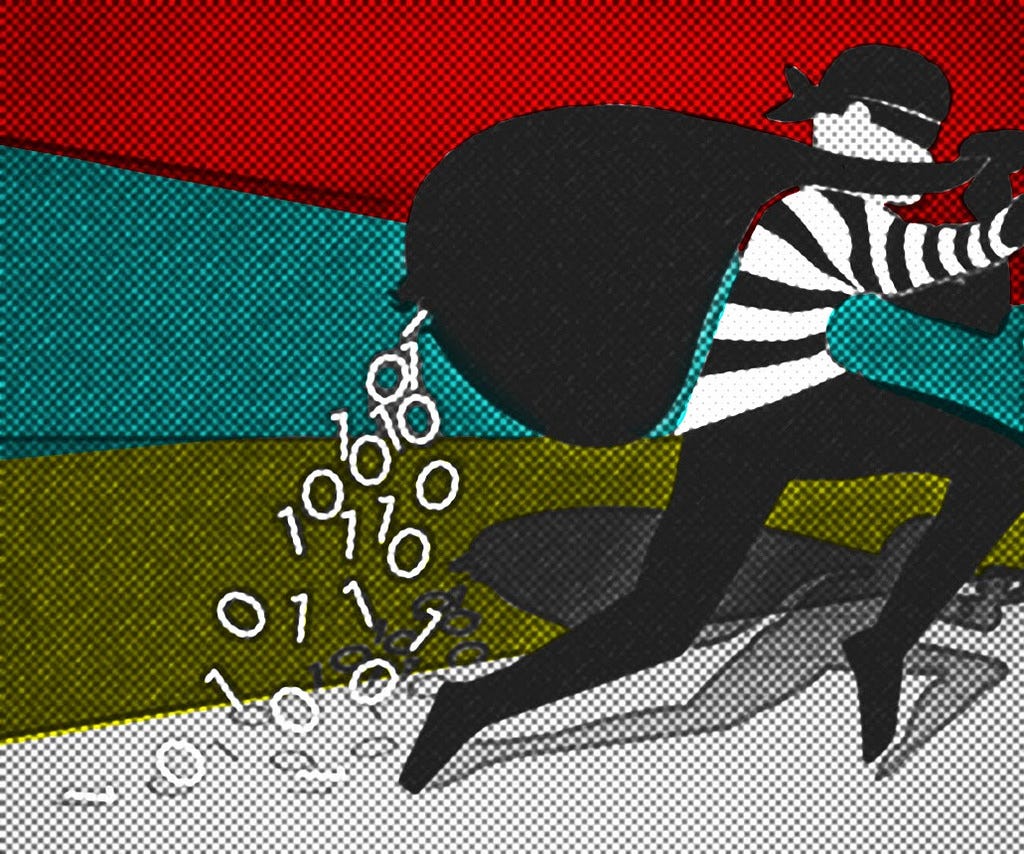by Scott Stewart
 Three years after the Islamic State defected from al Qaeda in an acrimonious and highly public split, many are still concerned that the two could someday reunite. Warnings about such a scenario from figures like Georgetown University's Bruce Hoffman have been given new life over the past few months as the Islamic State has continued to take heavy losses on the battlefields in Iraq and Syria.
Three years after the Islamic State defected from al Qaeda in an acrimonious and highly public split, many are still concerned that the two could someday reunite. Warnings about such a scenario from figures like Georgetown University's Bruce Hoffman have been given new life over the past few months as the Islamic State has continued to take heavy losses on the battlefields in Iraq and Syria.
Above graphic: An image from an Al Qaeda-inspired magazine shows Islamic State leader Abu Bakr al-Baghdadi engulfed in the flames of hell. The ideological differences between the two jihadist groups run deep. (Al-Haqiqa)
The idea of the global jihadist movement's two major poles joining forces is certainly a troubling one. The combined capabilities of the Islamic State and al Qaeda could pose a significant threat to the rest of the world, making them a much more dangerous enemy together than divided. But even with the Islamic State's recent setbacks, an alliance between it and al Qaeda would be far more difficult to accomplish than one might expect.
A History of Animosity
















